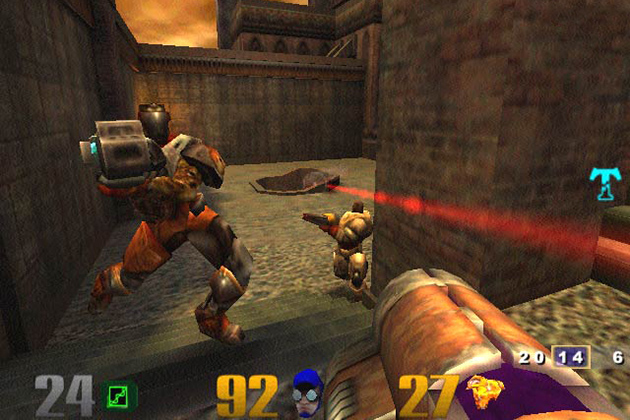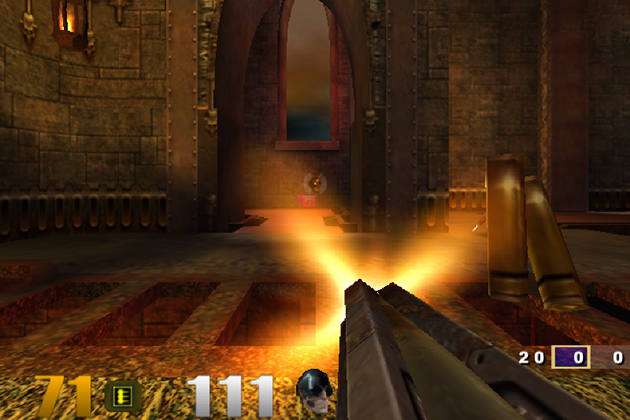
Video games that pit players against human-looking characters may be more likely to provoke violent thoughts and words than games where monstrous creatures are the enemy, according to a new study by researchers at the University of Connecticut and Wake Forest University.
“The Perception of Human Appearance in Video Games: Toward an Understanding of the Effects of Player Perceptions of Game Features,” published in the May 2013 issue of Mass Communication and Society, comes as lawmakers and the public are freshly debating the possible risks that violent games may pose to impressionable players.
“It’s important to think in terms of risk factors,” says Kirstie Farrar, associate professor of communication at UConn and the lead researcher on the study. “The research clearly suggests that, among other risk factors, exposure to violent video games can lead to aggression and other potentially harmful effects.”
In the study, 148 participants played the first-person shooter Quake 3 Revolution, in which the gamer battles onscreen opponents whose appearance can range from human-like to completely non-human, such as a giant floating eyeball. Farrar and colleague Rory McGloin, an assistant professor-in-residence, along with Wake Forest professor Marina Krcmar, a former UConn faculty member, then used a series of tests to measure participants’ levels of verbal, cognitive, and physical aggression.
Participants who battled what they perceived as human-looking characters in the game were more likely to have aggressive thoughts and words than those who had shot down monstrous nonhuman characters.

“The more human players perceived the aggressive targets to be, the more verbally aggressive they were and the more violent words they generated,” the study says. “Although we predicted that less human targets would result in more aggression, players seemed to be more aggressive after perceiving more human targets.”
The prospect that fighting human-looking characters can provoke more aggression than unleashing violence against characters with no real-world counterparts could have implications for debates over gaming, especially as video games become more sophisticated and immersive, Farrar says.
“A lot of games are becoming incredibly easy to customize now,” she said. “I can upload pictures of myself into a game, for example. Or I can upload pictures of people I don’t like.”
But the study also notes there was no significant increase in levels of physical aggression after fighting human-looking video game characters, something that suggests social prohibitions against violent acts remain strong.
“There are obvious consequences for physical violence,” McGloin says. “But we’re much more tolerant as a society of aggressive thoughts, as long as they don’t lead to aggressive behavior.”
Farrar and McGloin have plans to develop the research, including a study that uses realistic-looking gun-shaped controllers to see if that has any effect on players’ aggression. They also want to research more fully whether playing frequently changes how gamers react to violence in video games. In previous work, the researchers found that frequent players of violent video games are more aggressive overall and more attracted to violent games.
As lawmakers in Connecticut and elsewhere contemplate studying the effects of violent games, the researchers say that the more data available, the better.
“We can talk about violent video games and aggression all day, but we need to be careful,” McGloin says. “We’re not going to find one answer and be able to say, ‘This game’s good, this game’s bad.’ It’s never going to be that simple.”
The full journal article can be found at www.bit.ly/114Jhye.



